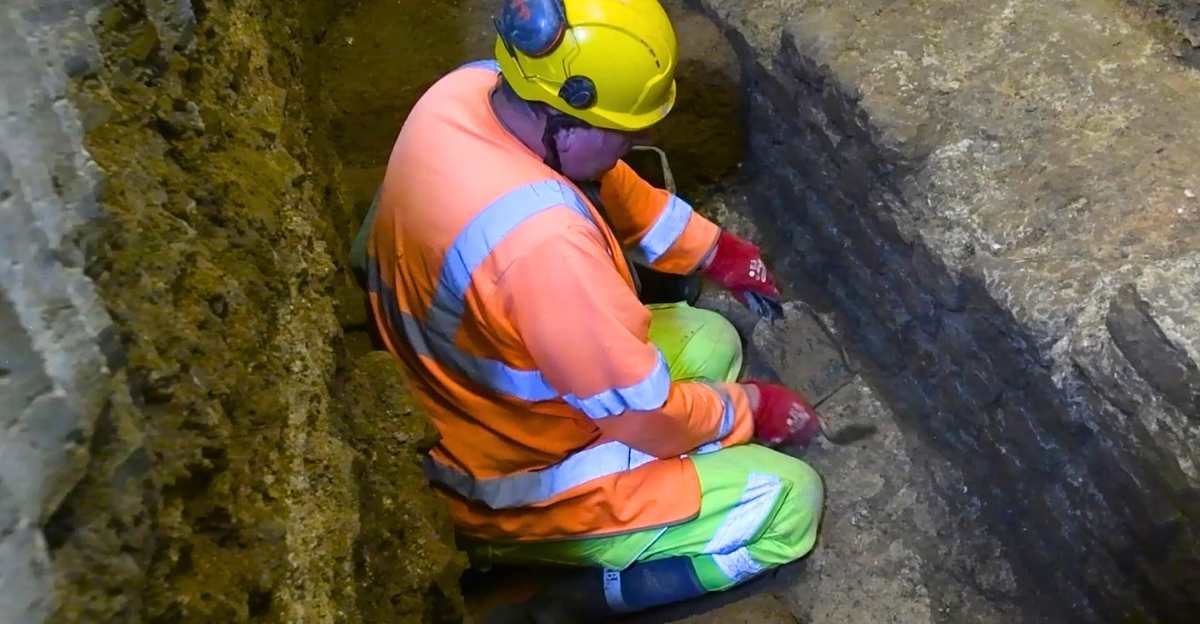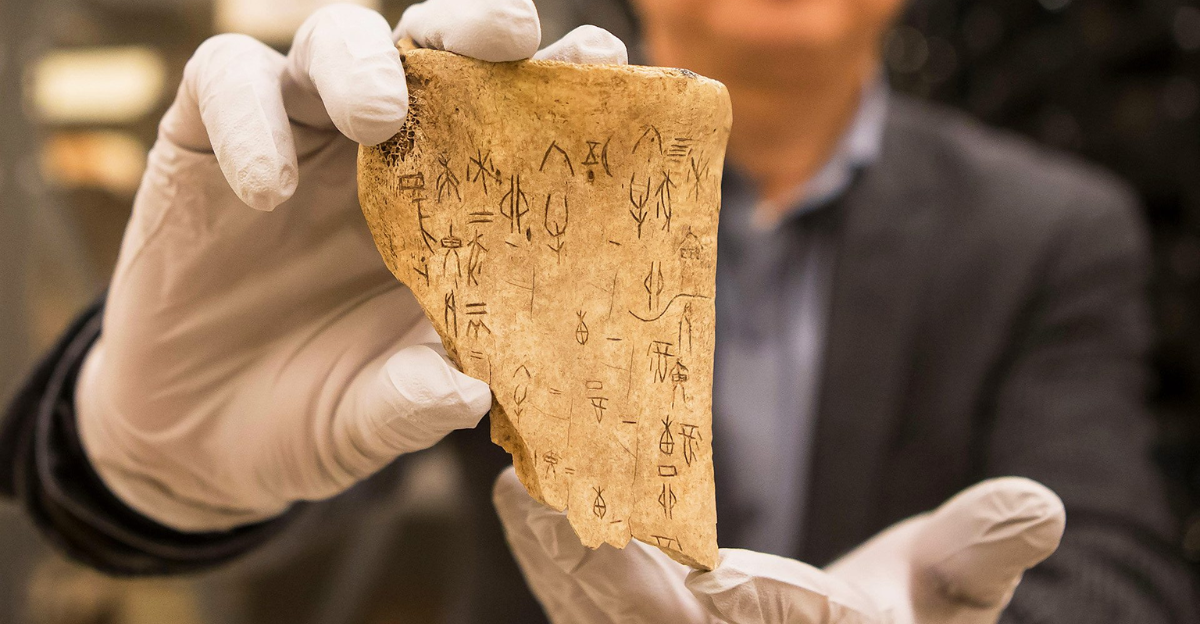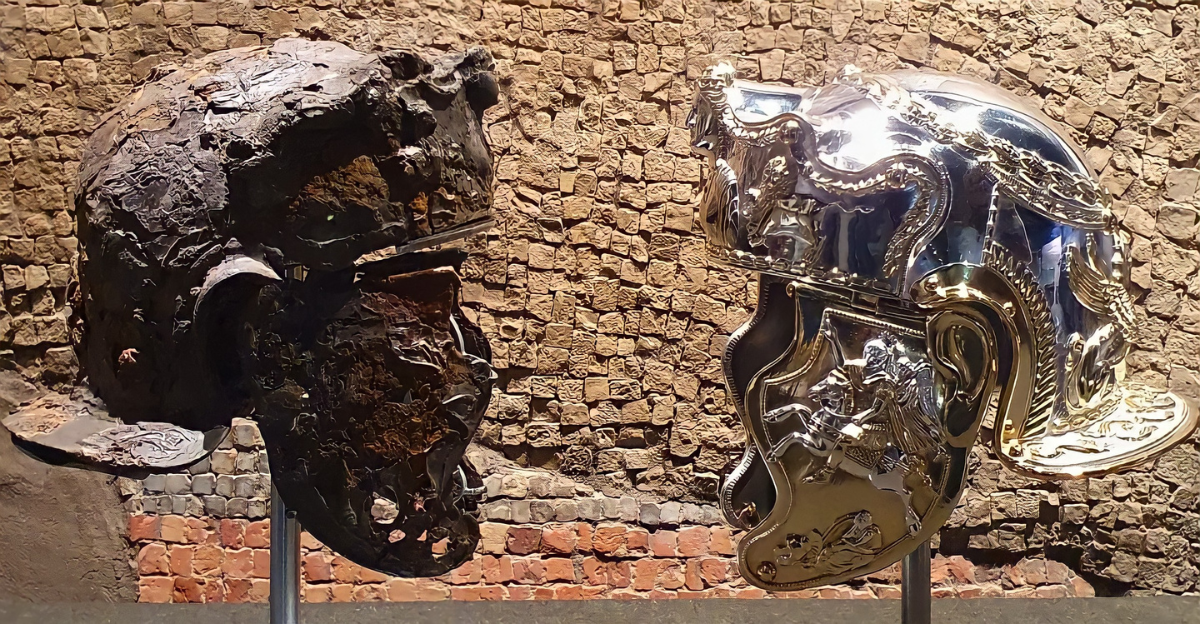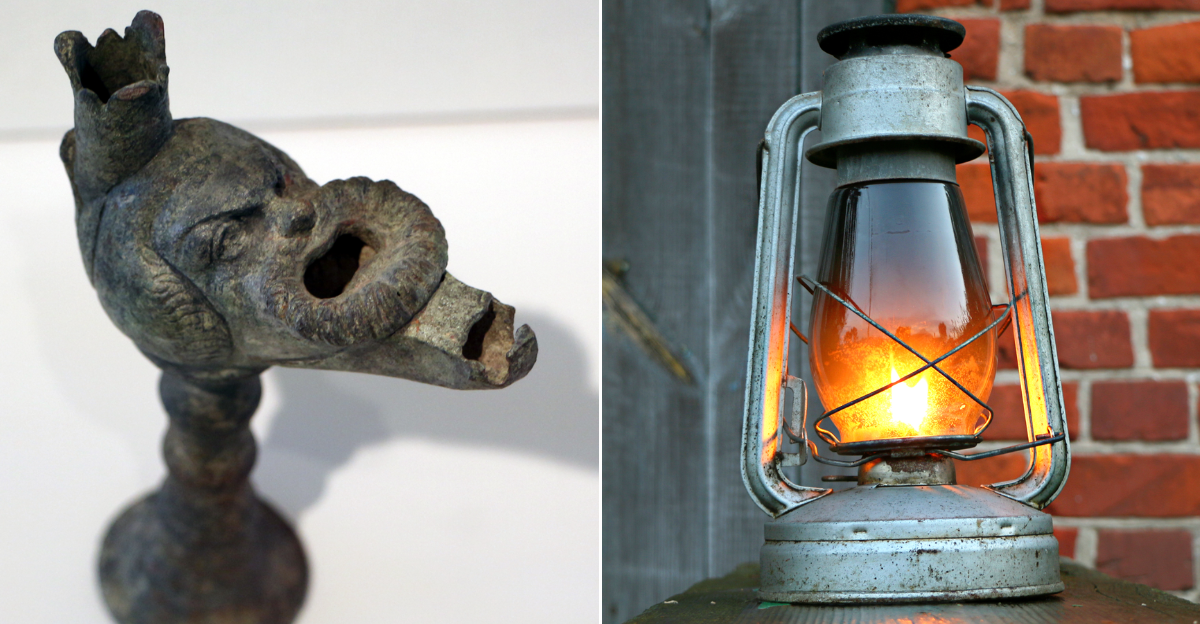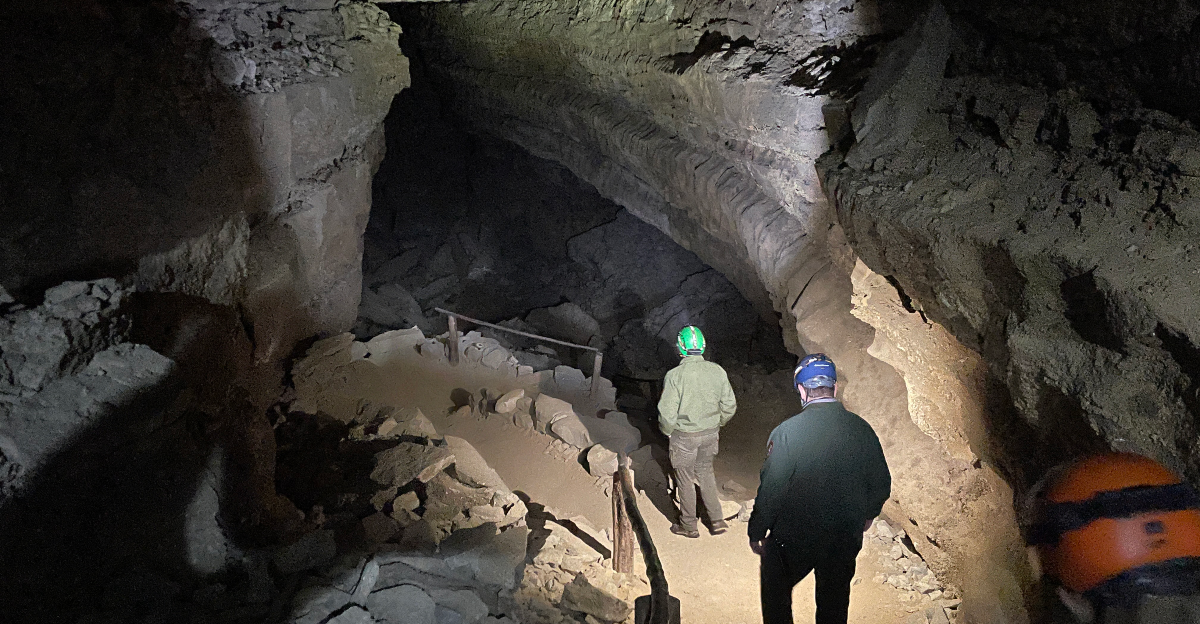
For thousands of years, a hidden chamber in Gibraltar’s Vanguard Cave remained sealed and untouched by human hands. When scientists finally dug around the sand that blocked its entrance, they stepped into a world frozen in time.
The discovery set shockwaves through the archaeological community: here was a site that may have been a home to the last Neanderthals, providing a direct glimpse of an extinct slice of human history. What secrets lay in this unexplored wilderness, and what might it tell us about the people who lived here?
A Doorway Sealed by Sand

The entrance to the chamber was not simply hidden, it was hermetically sealed by layers of sand and its contents had been protected from likely destruction by the elements for approximately 40,000 years.
This natural barrier had preserved the interior of the cave in an exceptional manner, and as nothing could possibly have entered it, it was safe from disturbance.
When they cleared away the sand, researchers discovered that they were the first humans in the cave since the last Ice Age.
First Clues: Tools and Artifacts
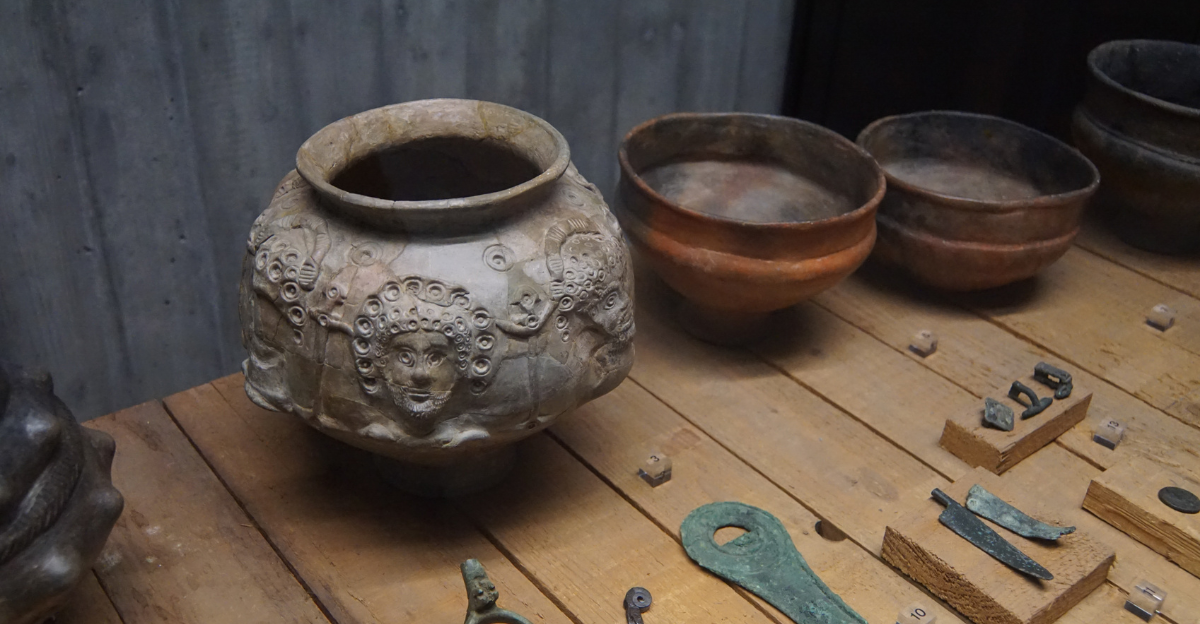
Inside the chamber, the team discovered a range of stone tools and remnants of day-to-day activities. These relics were also an immediate evidence that anciernt people had once lived, worked and survived within these walls.
The tools ranged from simple cutting implements but also more advanced-looking objects, suggesting a resourceful community that could adapt to the extremes of what went on outside the cave. Each find raised new questions about the skills and ingenuity of its inhabitants.
Echoes of Art and Ritual
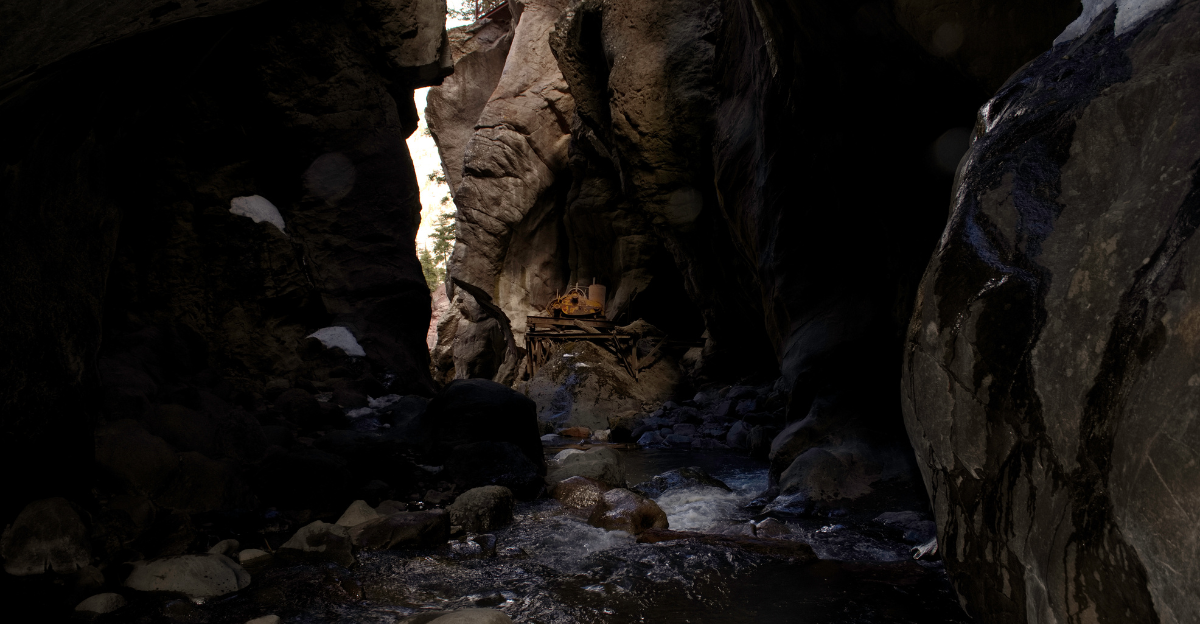
In addition to those functional tools, the researchers also found what appeared to be early attempts at art, in the form of scratches, incision and possibly symbolic markings on the cave walls.
The finds indicate that the cave’s inhabitants were not only surviving but expressing themselves and possibly engaging in communal rituals.
This evidence contests the view we have of Neanderthals as purely pragmatic beings and points toward a richer, more complex culture.
Life in Isolation
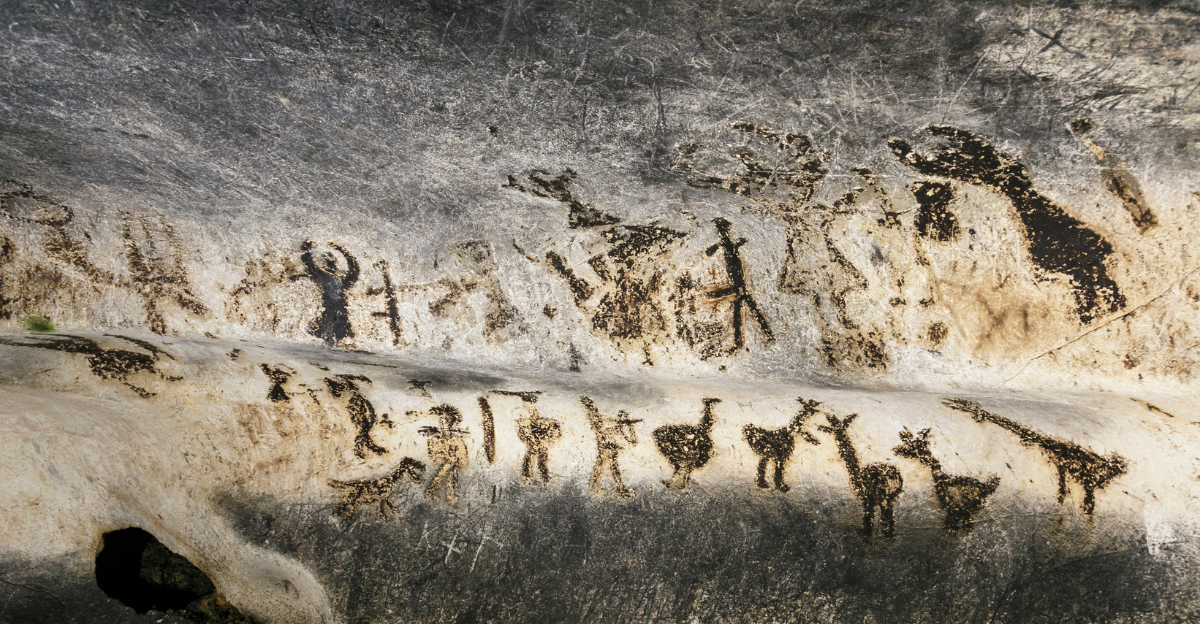
It would have been a challenge for people to live in such a sealed cave — they would have needed to adapt and be resilient. The layout of the chamber with designated areas or different activities, implies a structured approach to daily life.
Neanderthals were probably making fires to stay warm and to cook, creating tools from readily available materials and even organizing the cave space to be as comfortable and safe as possible.
The proximity could have nurtured a tight-knit community, one that had to cooperate and pass on knowledge for survival.
The Last Refuge of the Neanderthals
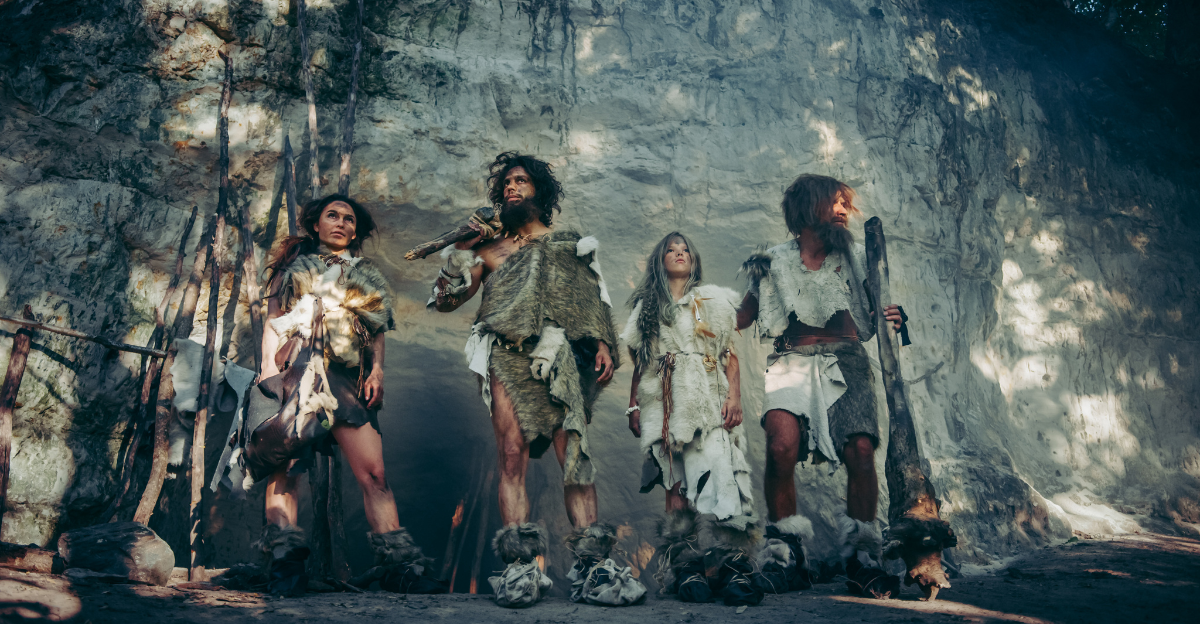
Perhaps most intriguing of all, the cave may have been a final refuge for some of the last surviving Neanderthals as their numbers dwindled elsewhere. Gibraltar is already recognised as one of the last known strongholds of this ancient hominin group.
The sealed chamber can potentially yield critical evidence about what happened when Neanderthals confronted changing environments and competition with early modern humans, and why they eventually disappeared.
A Glimpse Into Neanderthal Society
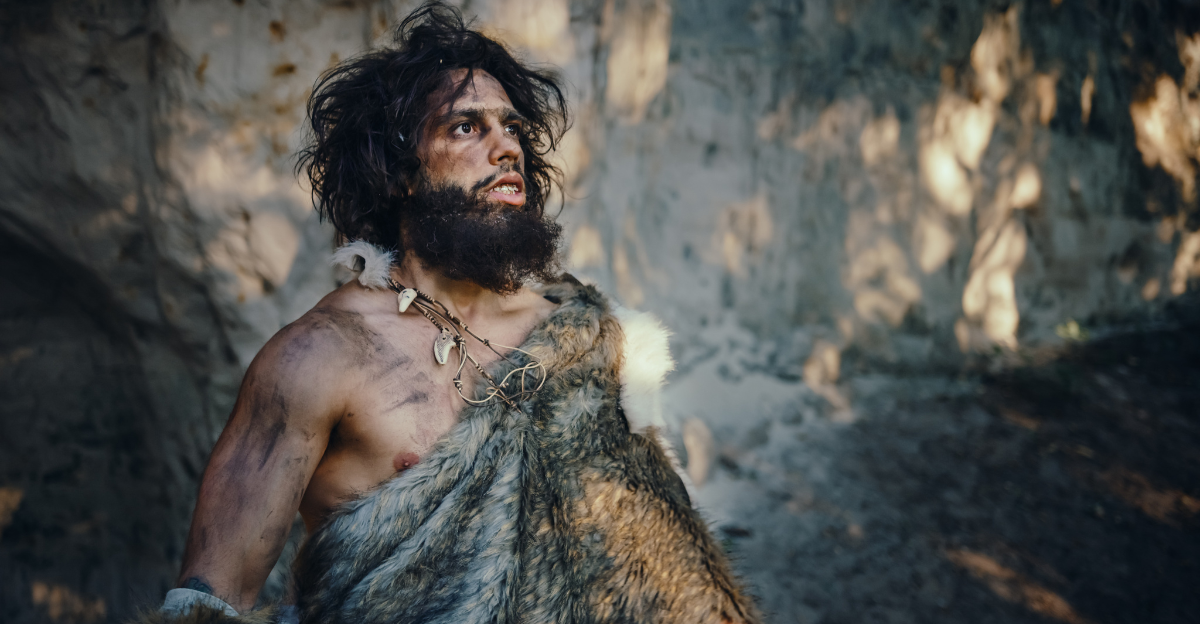
The findings in Vanguard Cave offer more than just physical artifacts— they reveal the social structure and cultural practices od Neanderthal groups.
Evidence of eating together, shared spaces and perhaps even ritual behaviour, gives the impression of a society with its own customs and traditions. This challenges long-held assumptions and invites us to reconsider the legacy of our ancient relatives.
Caves as Ancient Sanctuaries
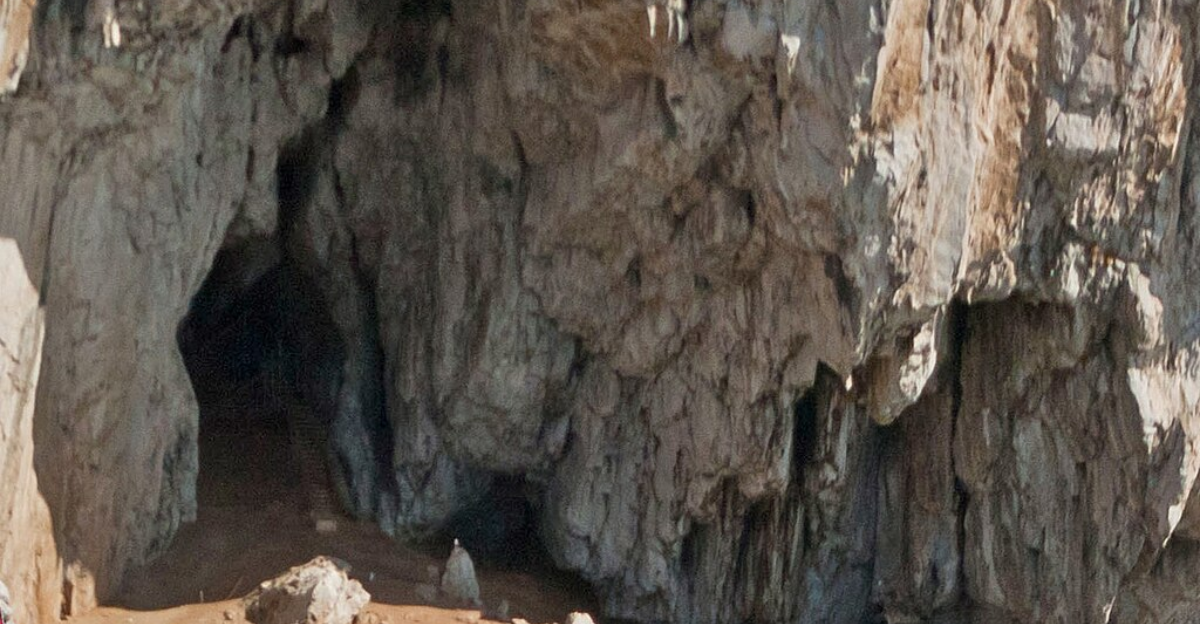
Vanguard Cave is not the only one to serve as a shelter to ancient populations. All around the world, humans have used caves for living, storage spaces and rituals. The idea of using caves taps into a fundamental human instinct to take shelter when life is uncertain.
In a select few instances, such as Romania’s Movile Cave, the effects of isolation have not only produced new ecosystems, but vividly illustrate how isolation can influence both human and natural life to the very core.
Lessons from Isolation
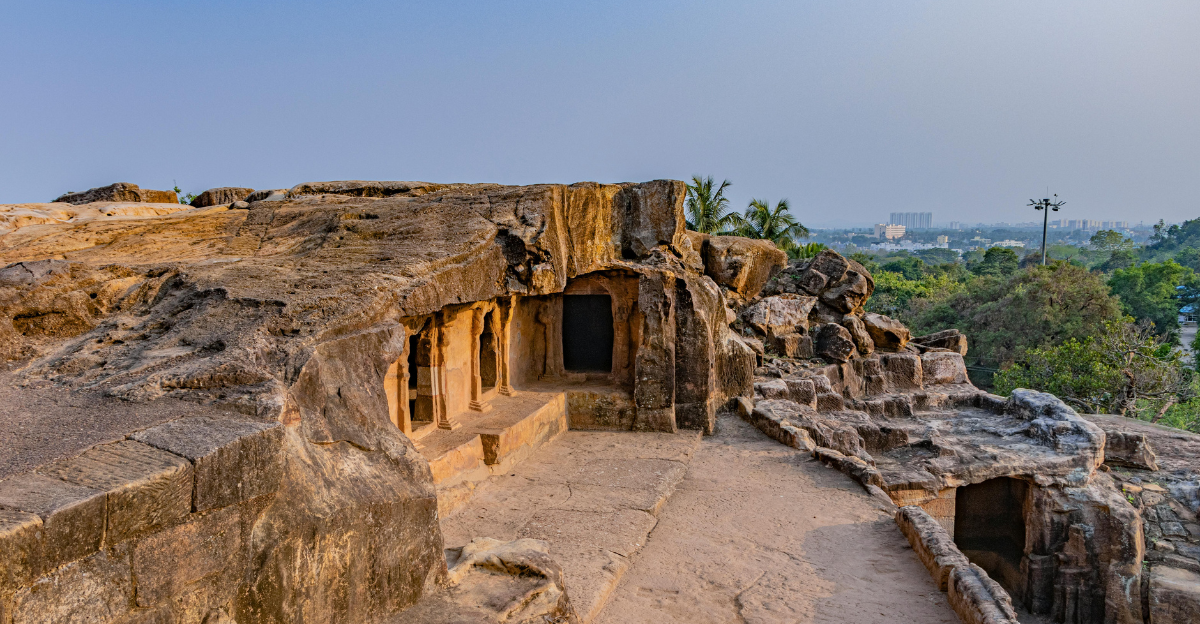
The story of Vanguard Cave is a reminder of how isolation can shape both culture and biology. Just as the cave’s sealed environment preserved tools and artwork, they may have forged unique Neanderthal behaviors and adaptations.
Researchers study such places to learn how communities of the past responded to environmental pressures and to explore how isolation can foster innovation, but also heighten a group’s vulnerability.
The Unfinished Story

Vanguard Cave is still being explored, and every new discovery adds another piece to the puzzle of our collective history. Beyond that mystery, as researchers continue to scrutinize the cave and its contents, they aim to learn more about the day-to-day reality, the beliefs, and the fate of the cave’s ancient inhabitants.
The sealed chamber stands as a testament to the resilience of the human spirit and the enduring musteries that still lie hidden beneath the surfacrt

